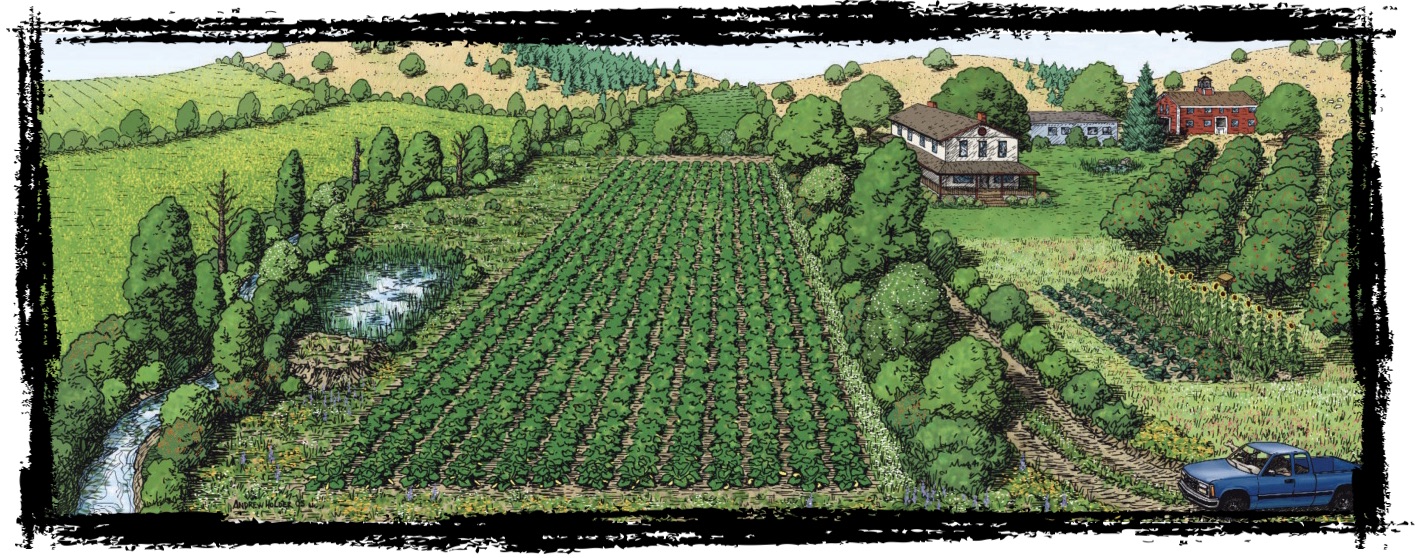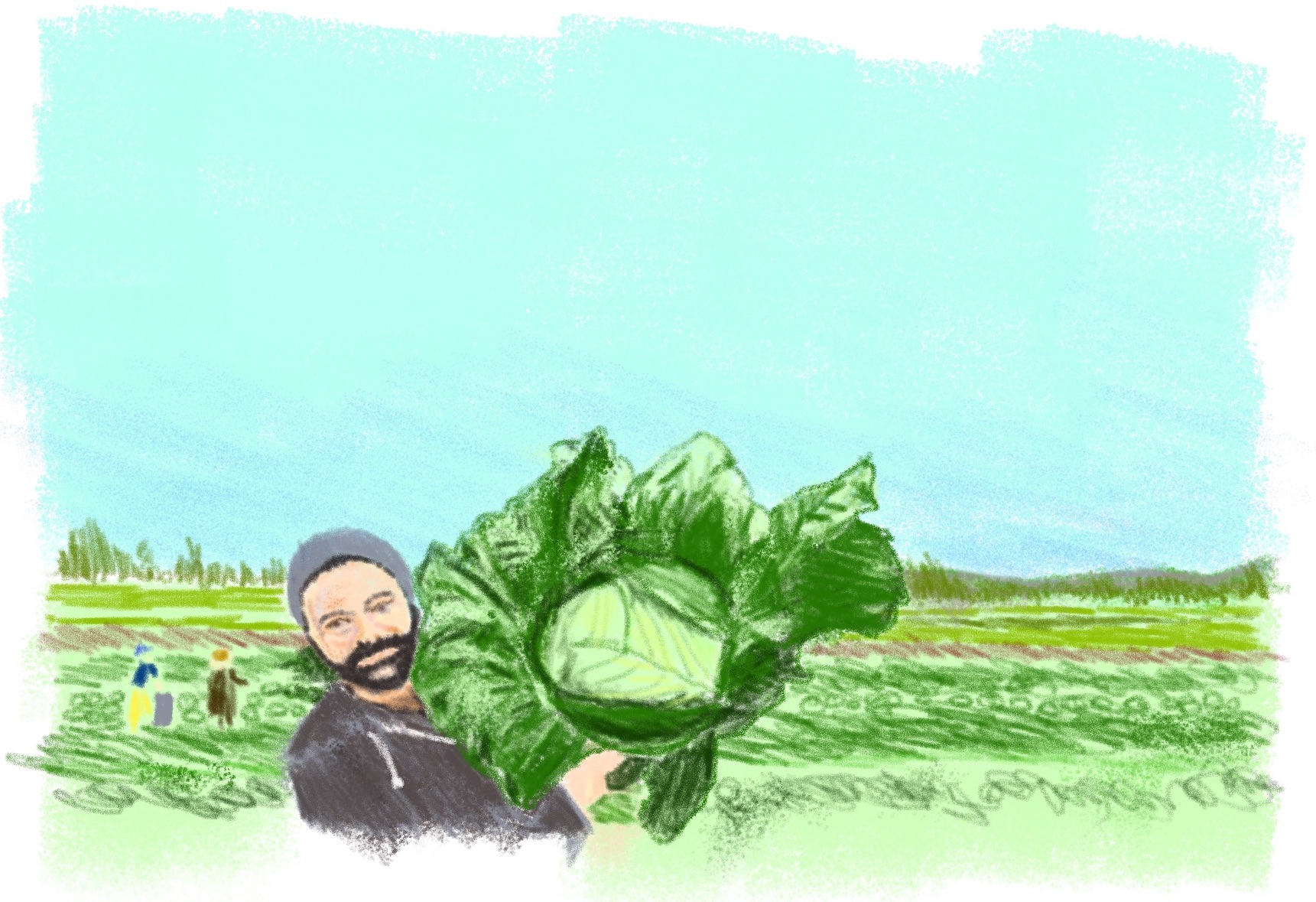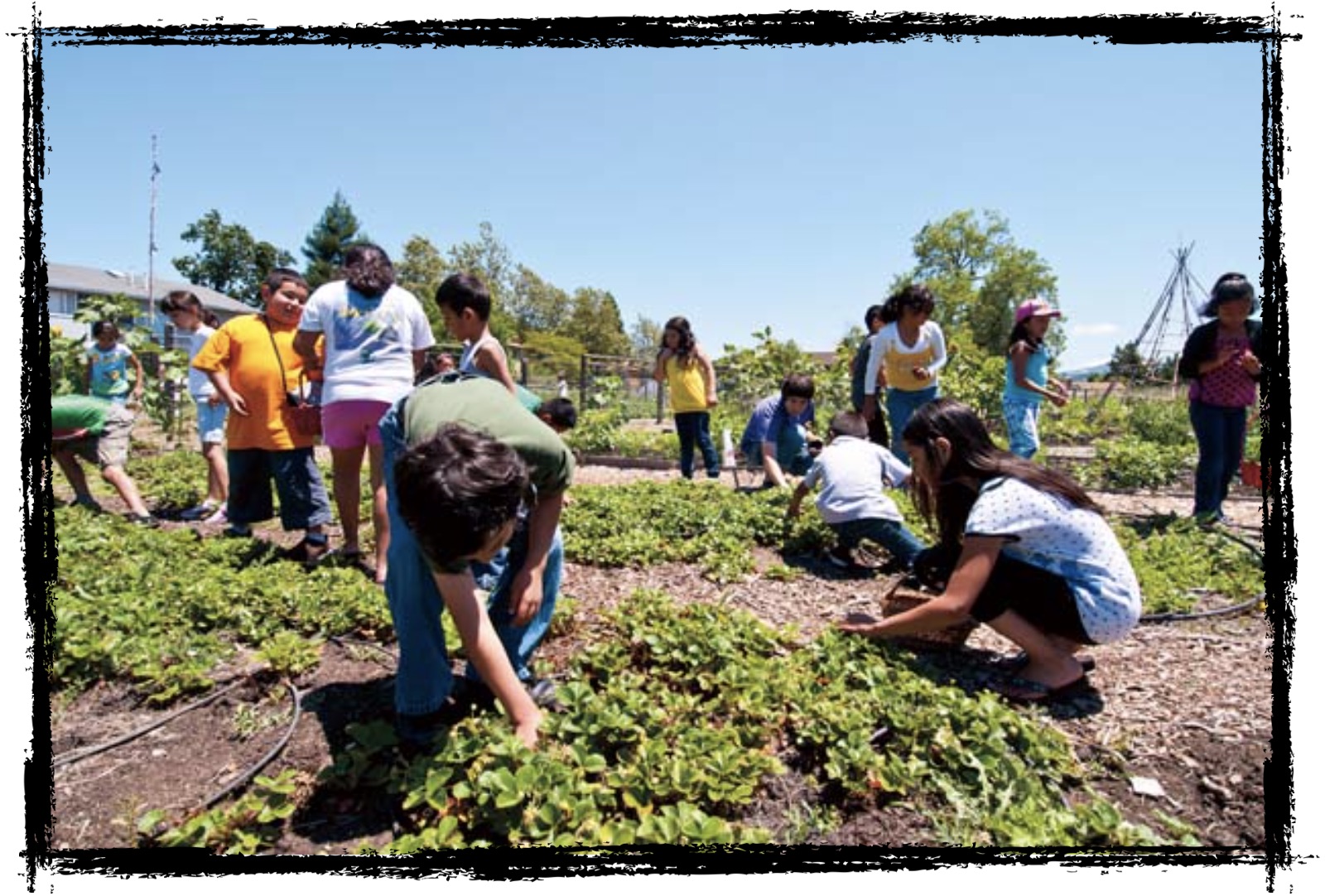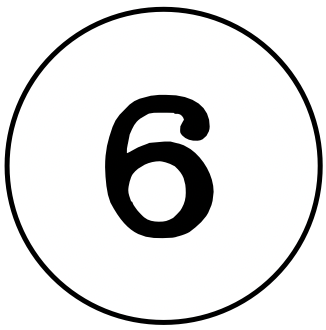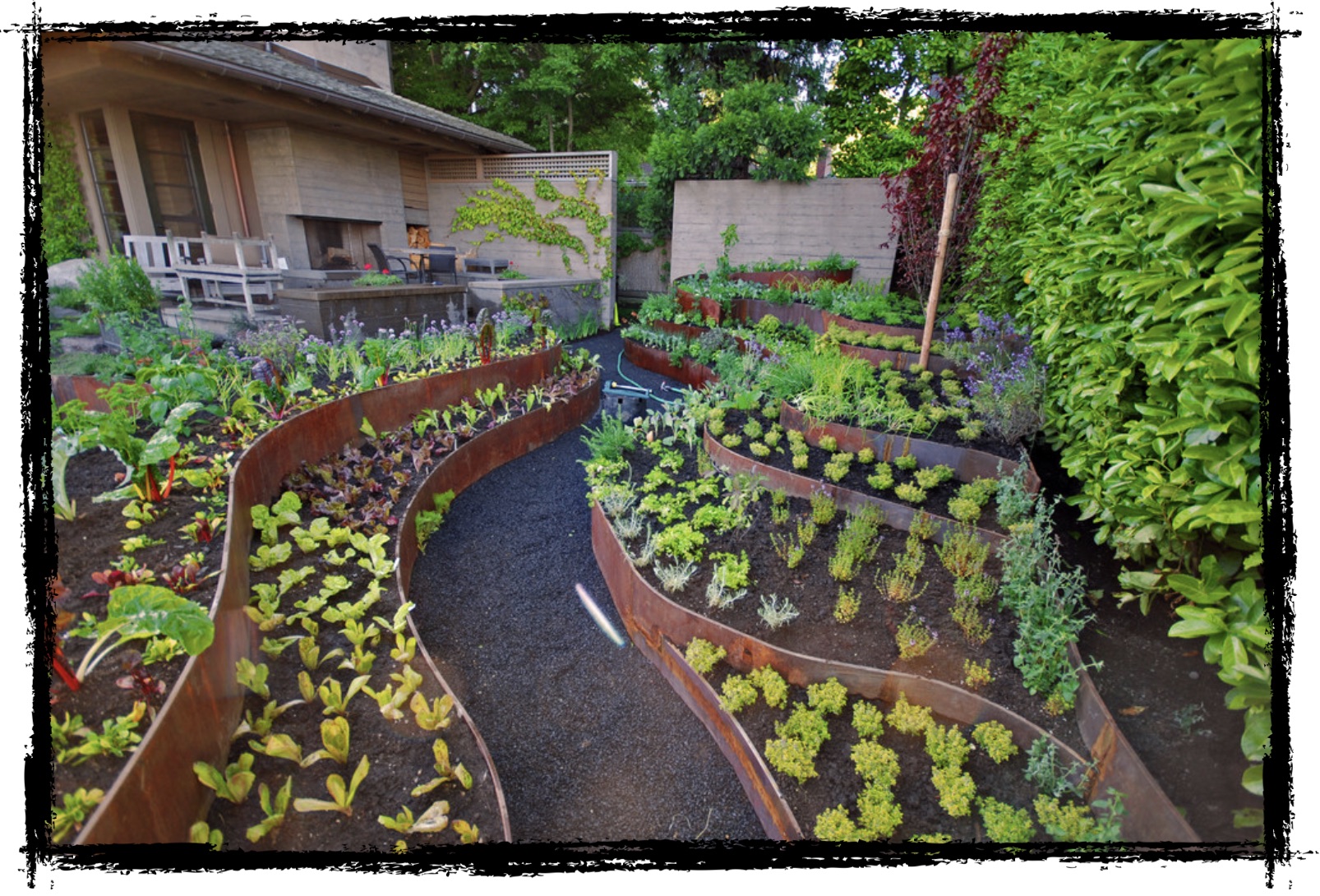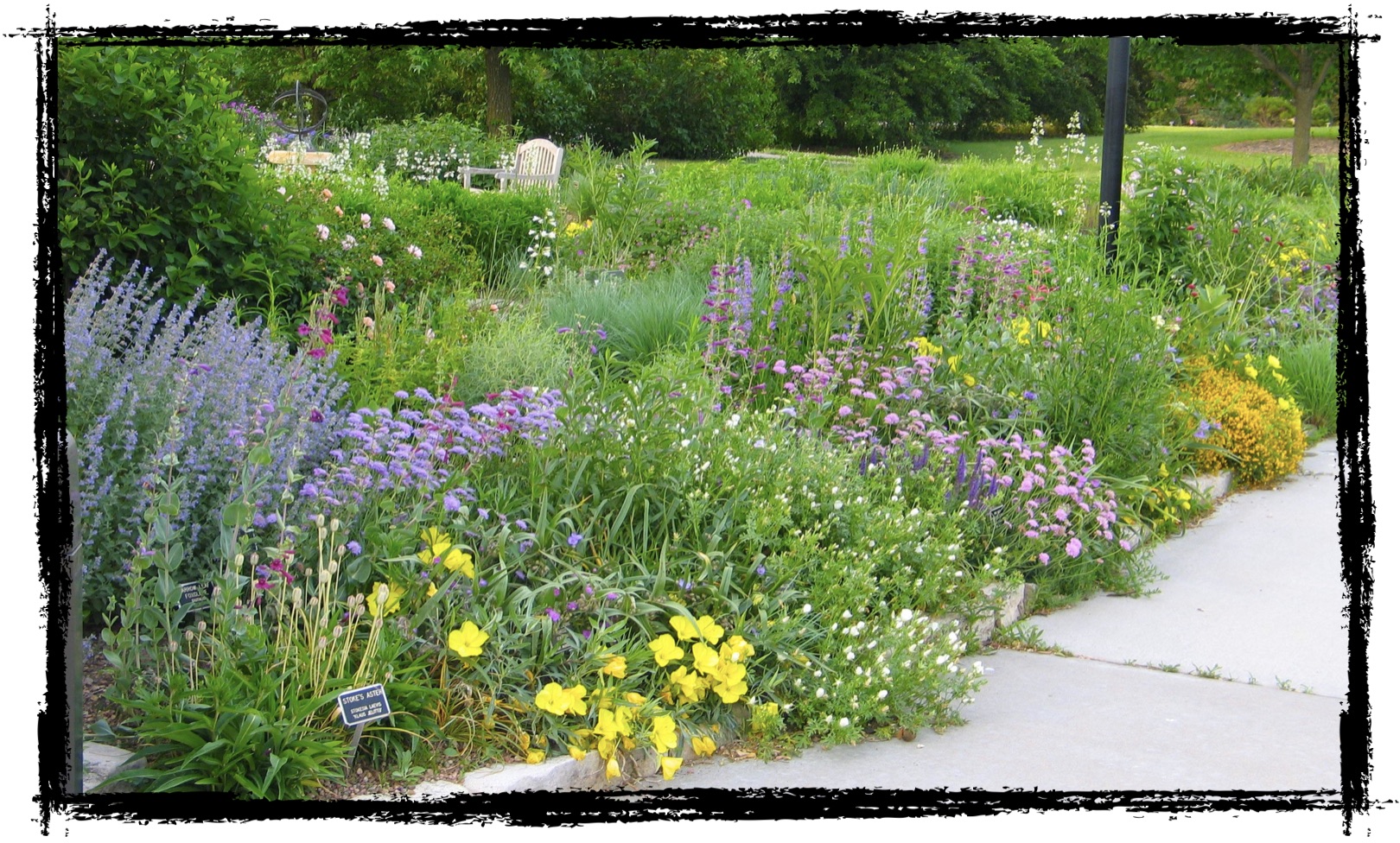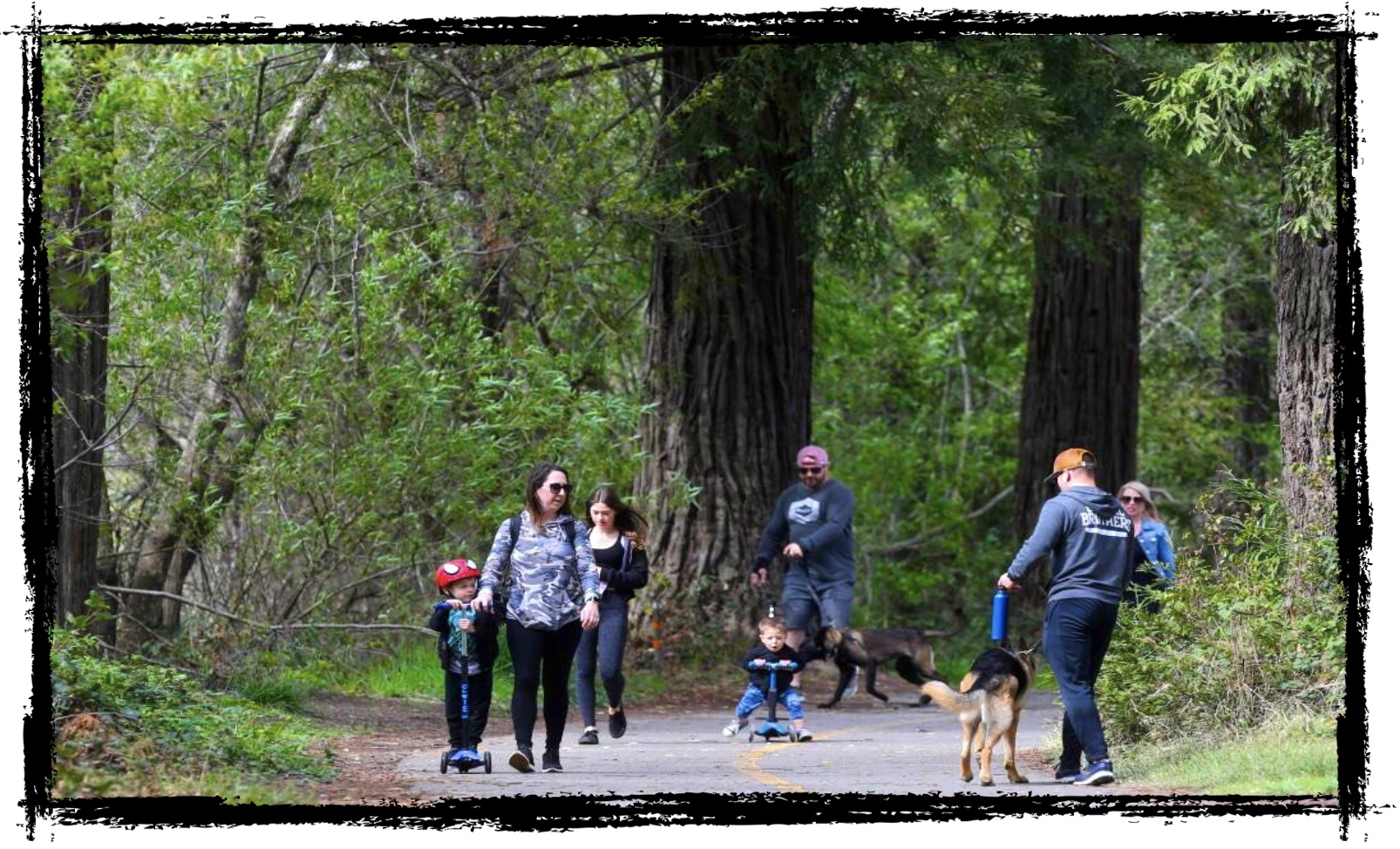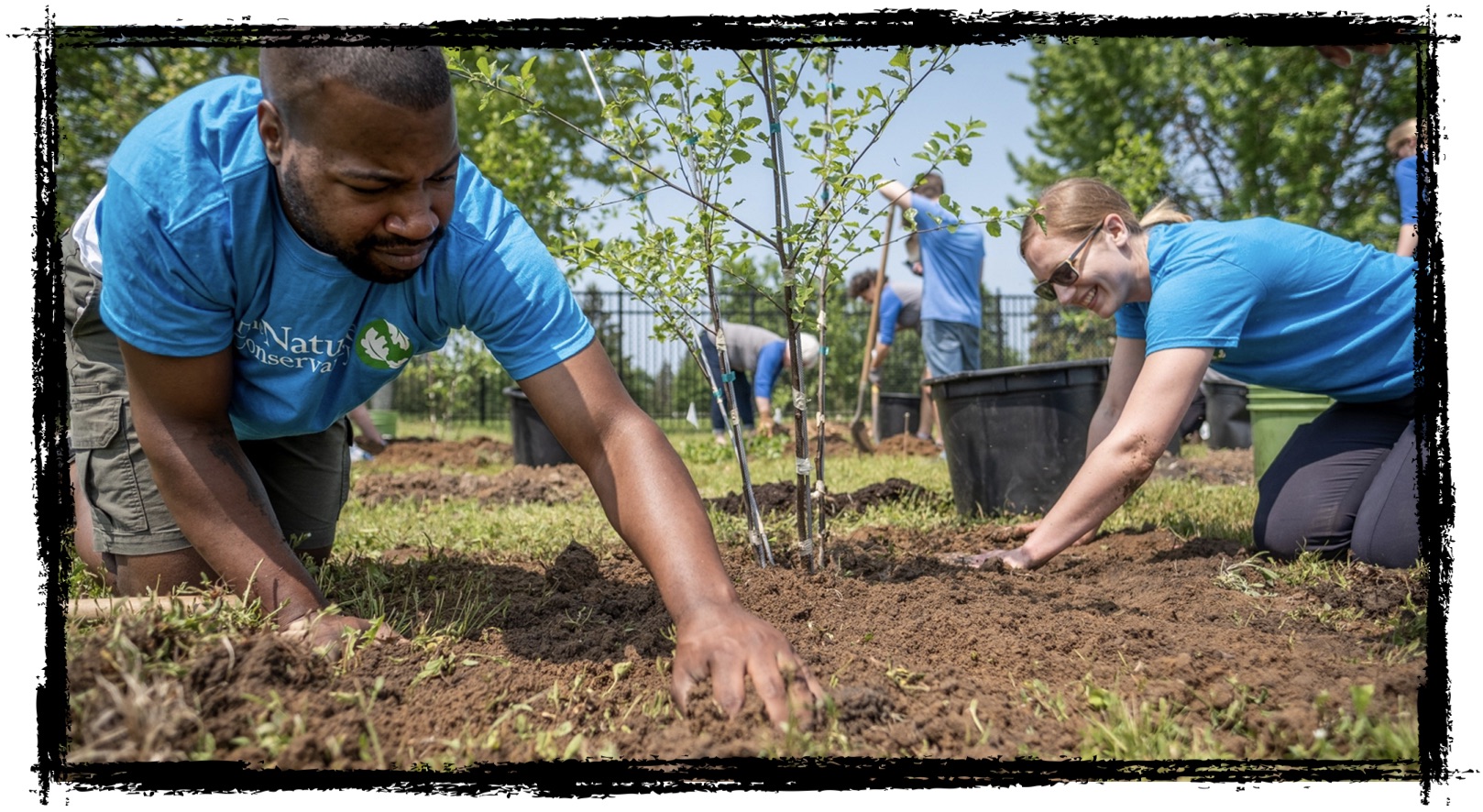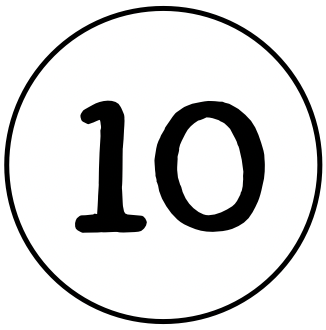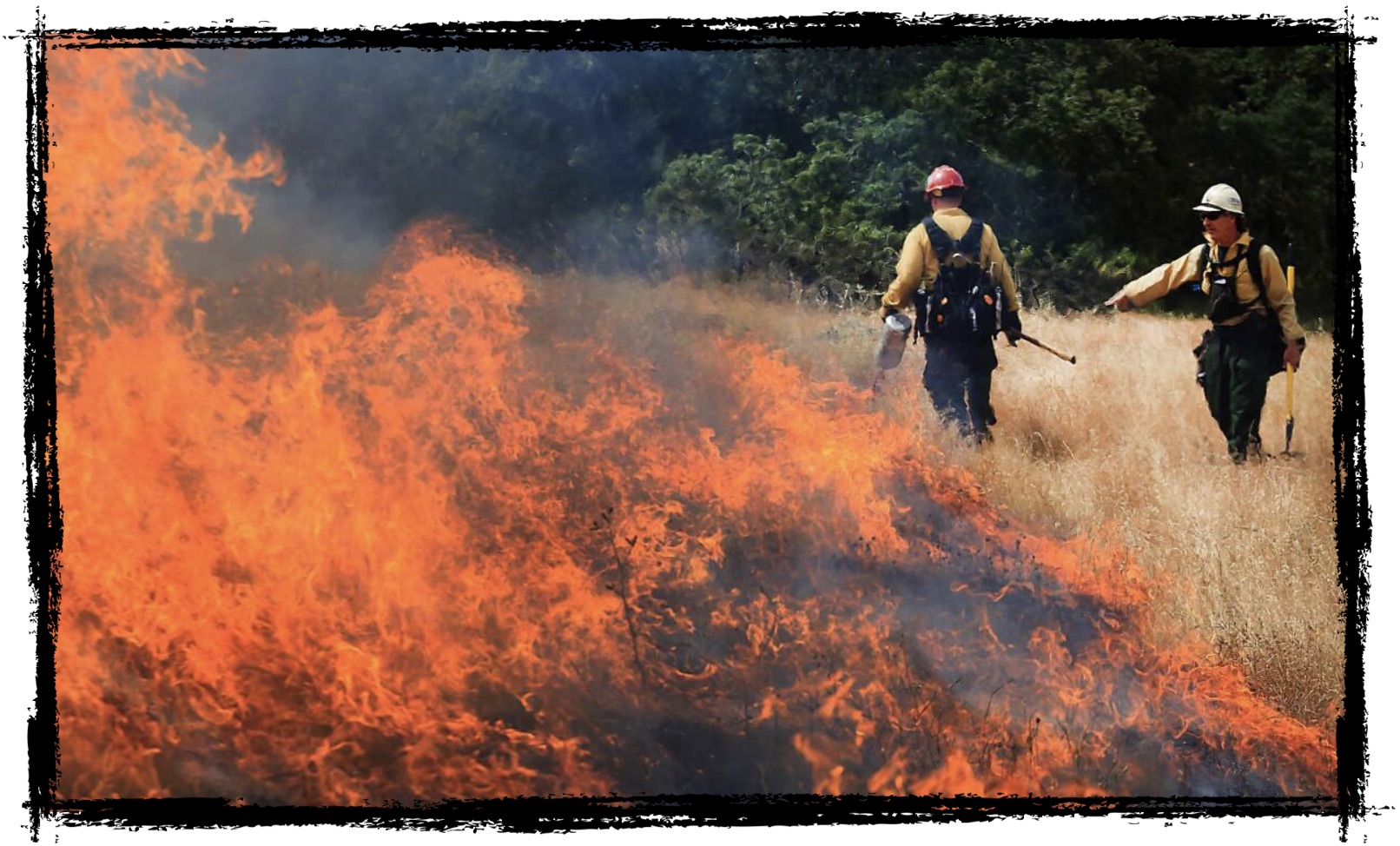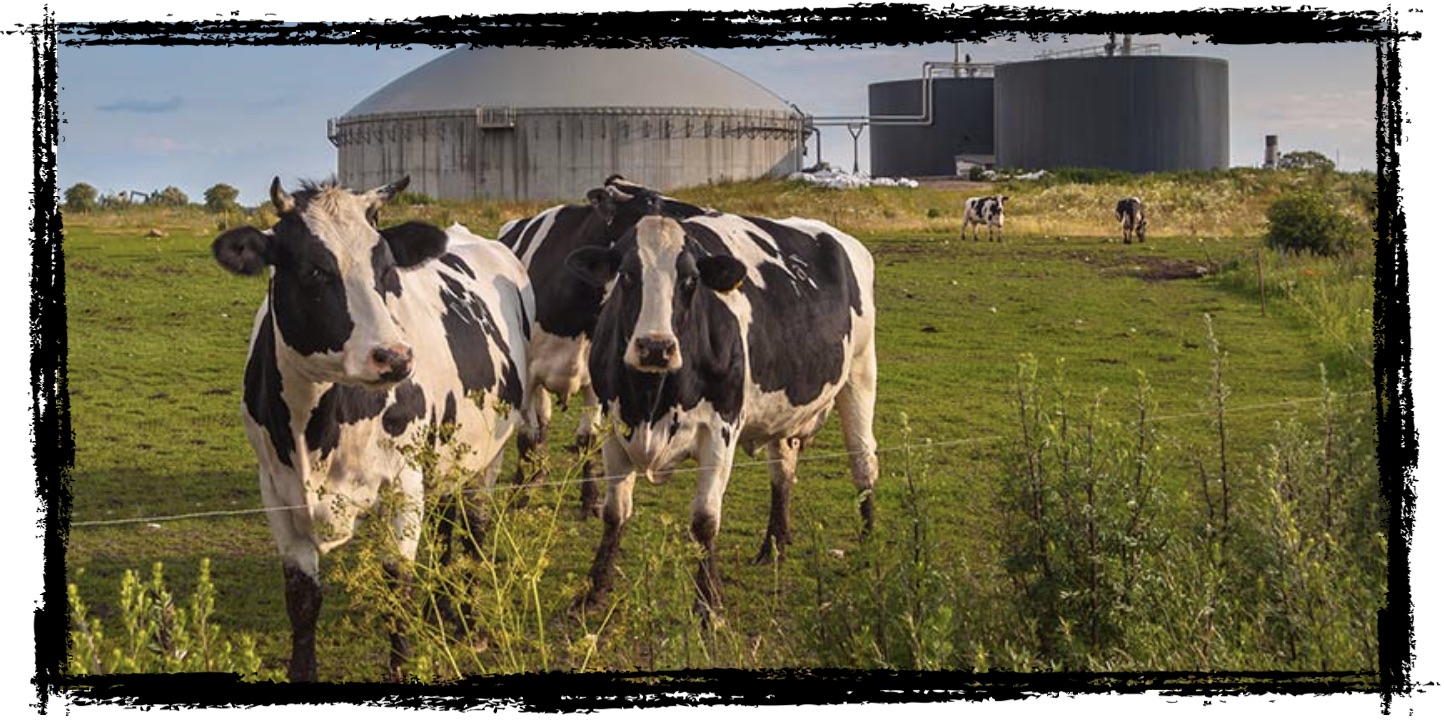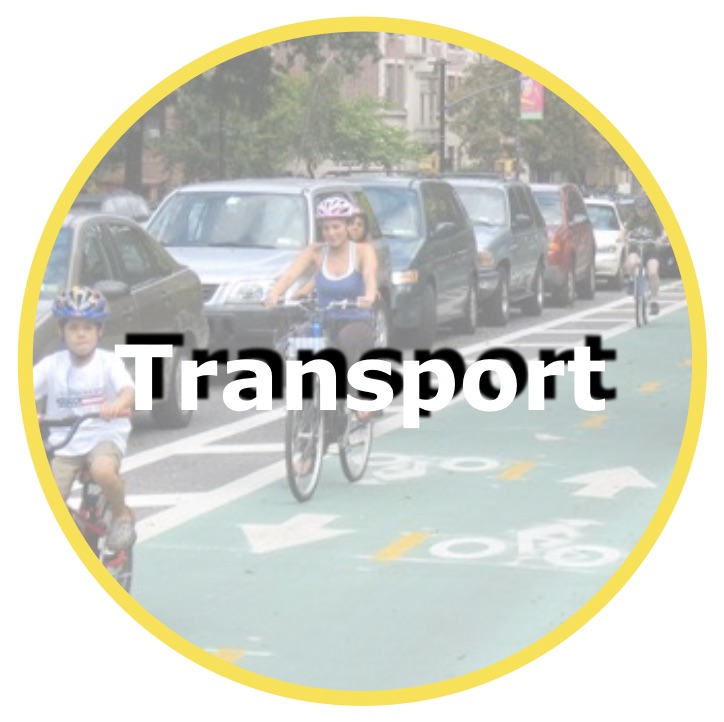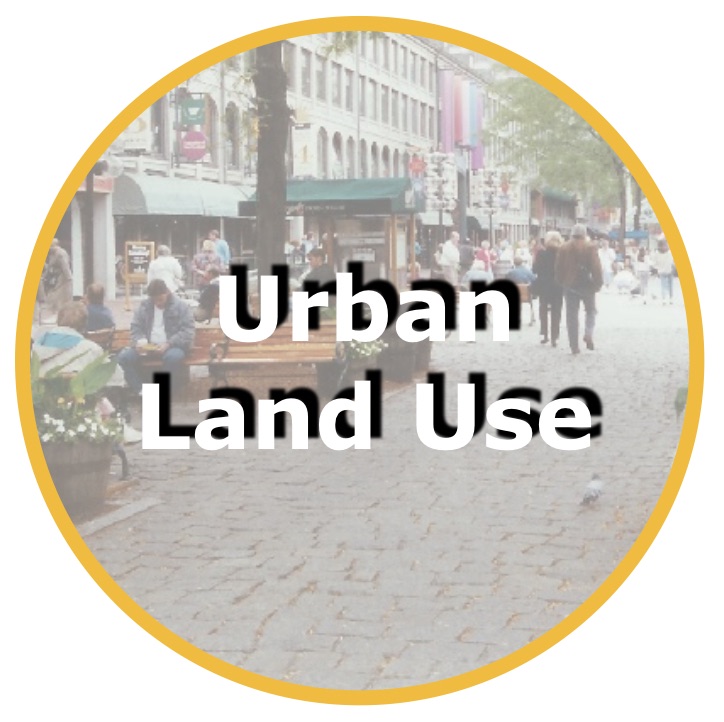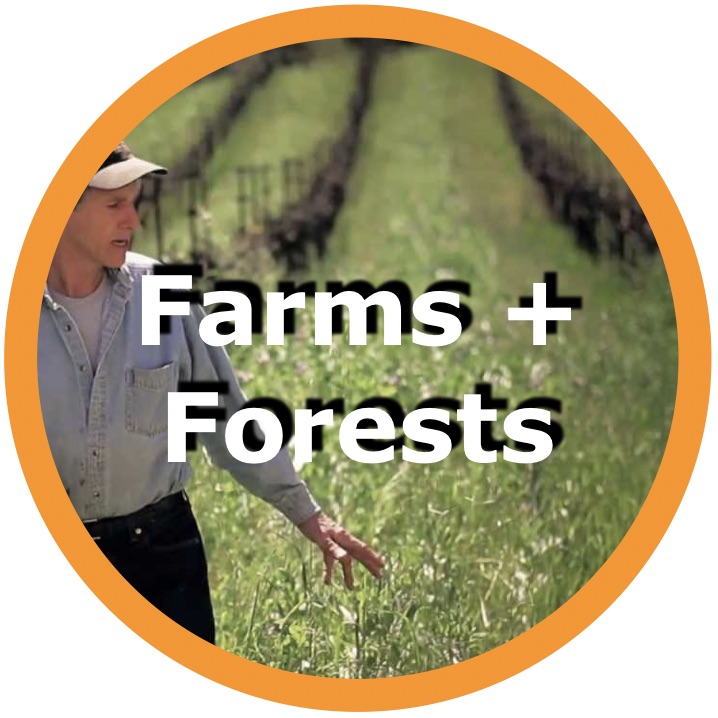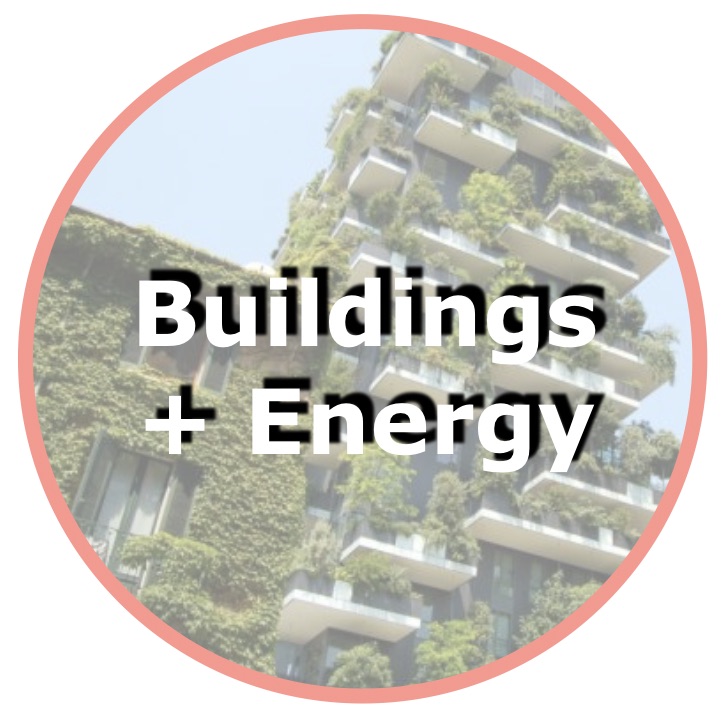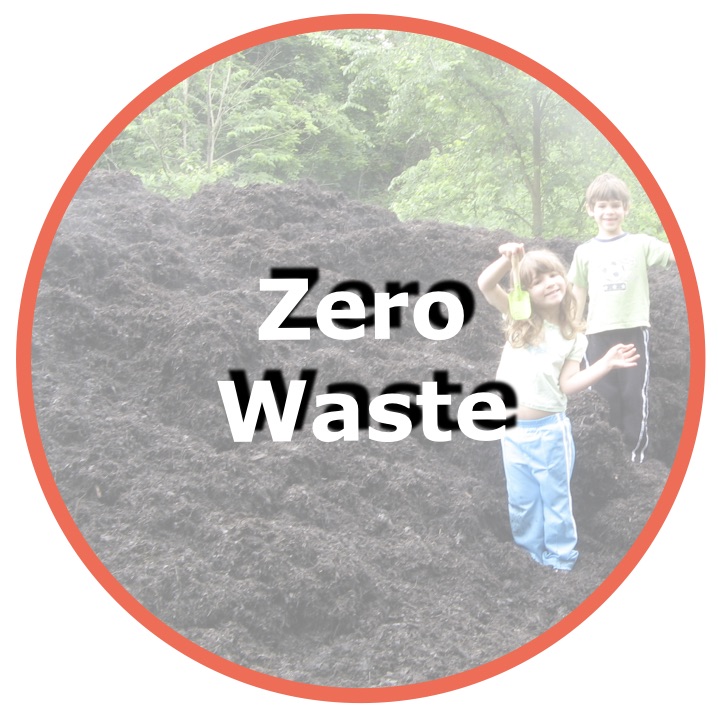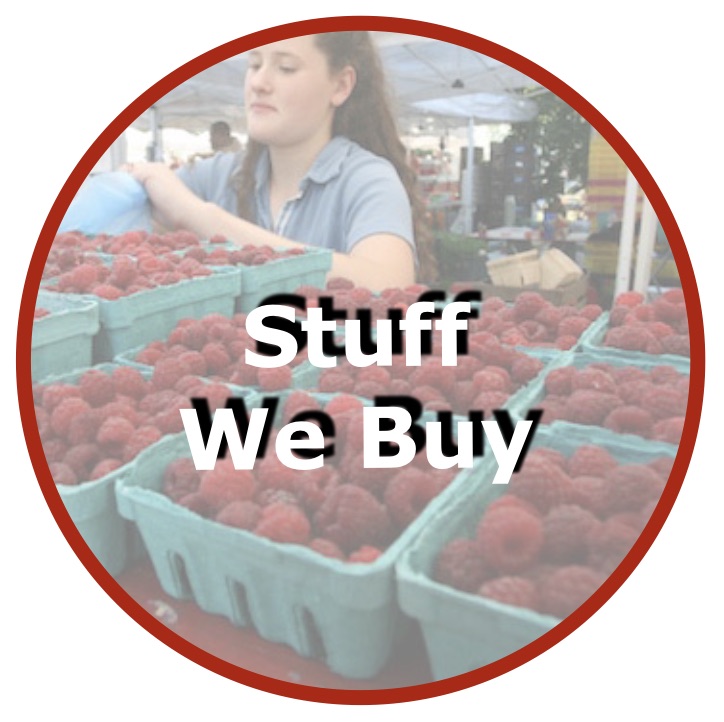The first visioning session closed on Earth Day, April 22, 2021. You are still welcome to add more comments. Edits to the vision are underway and will be followed by another visioning period.
- Use the "like/dislike" buttons to express approval or disapproval of each vision element.
- Read other peoples' comments (Click "Discuss.") Give thumbs up to comments you agree with.
- Click "Discuss" and use the comment feature to make specific suggestions for improvements to the vision. Please be as specific as you can. Please be respectful of others.
This section includes both natural systems and working lands, both of which can suck carbon out of the atmosphere. Until recently, few of us concerned ourselves with the health of our soils, the source of most of our food. Because of its critical role in the cycling of atmospheric carbon, soil can be either a contributor to the heating of the planet or an integral part of the solution.
Trees, shrubs, and grasses move carbon from the atmosphere into the soil. Past land use practices, including deforestation and industrial agricultural practices, are responsible for a significant percentage of the excess CO2 in the Earth's atmosphere.
The bundle of practices usually referred to as carbon farming or regenerative agriculture has the potential to sequester (or draw down) large amounts of atmospheric carbon and store it in the form of soil carbon. Doing so results in increased soil quality, productivity, and water storage capacity, and a decreased reliance on irrigation and synthetic chemicals.
This bundle of practices has application on private and public rangelands and grasslands, city and county parks, urban streetscapes, and private yards and gardens.
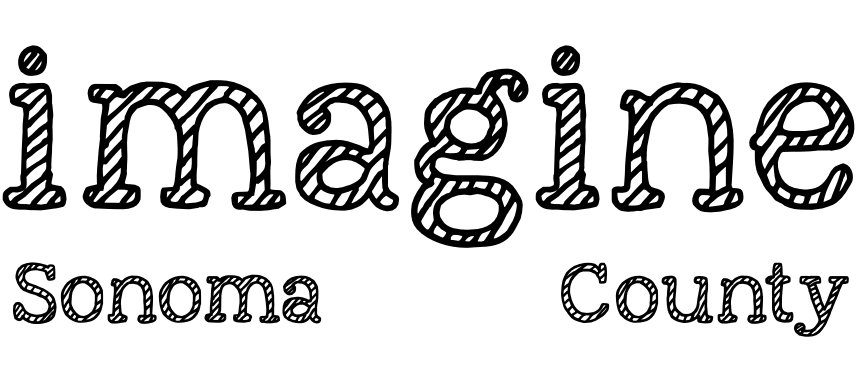


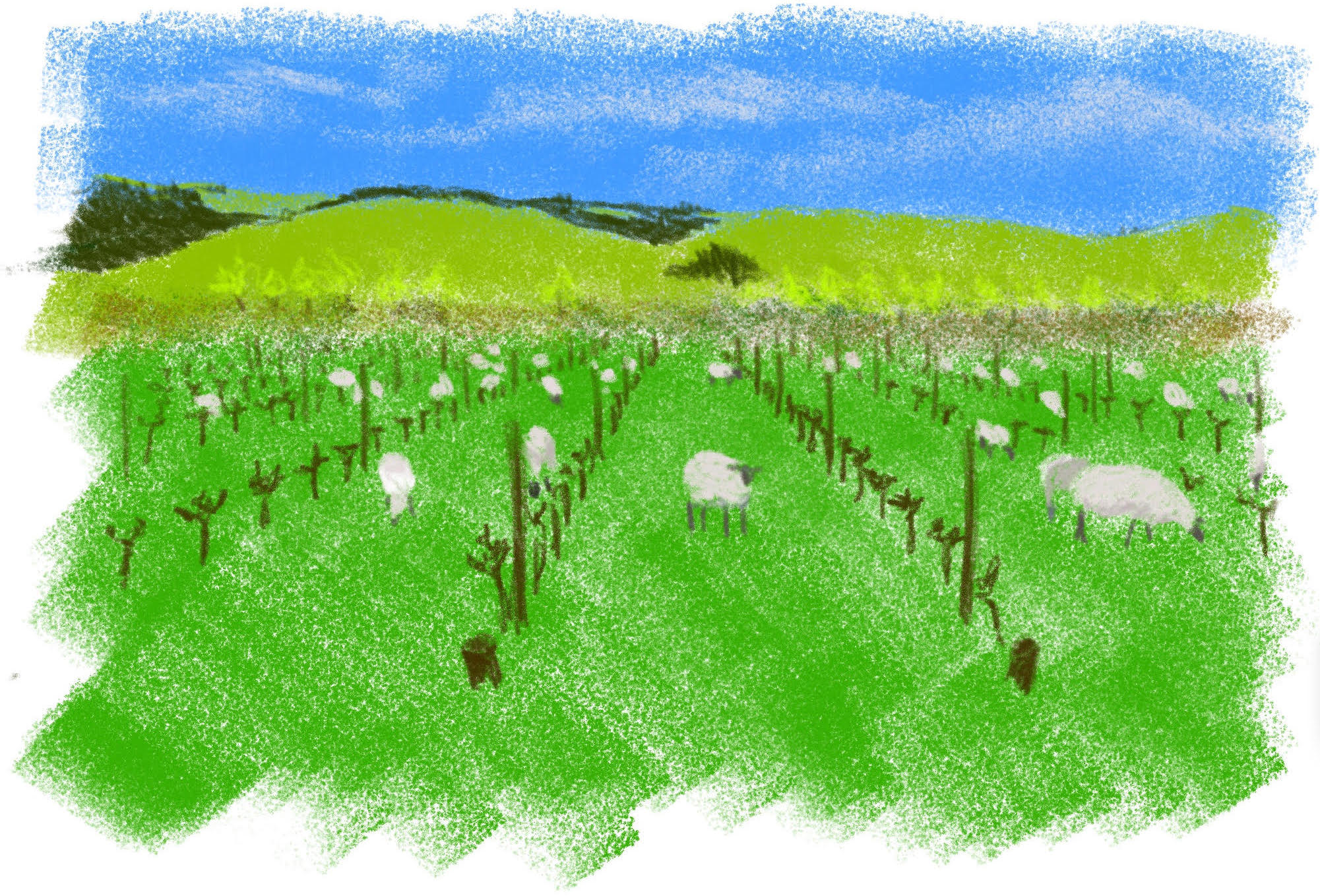
 DISCUSS
DISCUSS
